In a world dominated by three-dimensional experiences, the human eye plays a pivotal role in shaping our perception of reality. Capturing the essence of this multidimensional world, Vzense has emerged as a trailblazer in the realm of 3D TOF cameras since its inception in 2016. Our commitment to excellence is evident through certifications like ISO 9001:2015, ISO45001:2018, and ISO14001:2015, solidifying our position as a leading company in the field.
.jpg)
What is TOF Camera Technology?
The journey of machine vision, evolving from analog to digital, has reached new heights with the advent of 3D vision technology. At the forefront of this revolution is our cutting-edge TOF camera technology, designed to transcend the limitations of traditional 2D vision. With applications spanning Face ID, mobile phones, VR/AR, and industrial vision, Vzense's TOF cameras usher in a new era of visual exploration.
Why TOF Camera Matters?
Unlike traditional color cameras, our TOF camera technology captures images composed of distances from each pixel to the camera. This unique approach enhances the depth perception of the viewer, providing a more immersive and accurate representation of the scene. The technology's significance lies in its ability to present depth information through stereo images, enabling more intricate and precise applications in various industries.
How TOF Camera Works
Reflective optical methods, categorized as passive and active, form the backbone of TOF camera functionality. In the passive category, stereo vision employs two cameras to calculate distances based on relative positions and triangulation. On the active front, TOF cameras use modulated light sources to measure the time it takes for light to travel to an object and back. This meticulous process allows the TOF camera to generate depth maps with unparalleled accuracy.
Components of a TOF Camera
Our TOF camera comprises crucial components such as the irradiation unit, optical lens, imaging sensor, control unit, and calculation unit. The irradiation unit pulses modulated light sources with frequencies as high as 100MHz, ensuring precise measurement. The optical lens, equipped with a band-pass filter, focuses on gathering reflected light, while the imaging sensor's complex structure allows for the sampling of reflected light at different times. The control and calculation units work in tandem to synchronize light pulses, read sensor charges, and record an accurate depth map.
Applications and Impact
Vzense's TOF cameras, with their non-scanning 3D imaging depth capture technology, have witnessed rapid applications in industrial and consumer electronics. The compact and cost-effective nature of TOF cameras has propelled them into diverse fields, facilitating advancements in robotics, augmented reality, and more.
Conclusion
Vzense Technology stands as a beacon of innovation in the realm of 3D TOF camera technology. Our commitment to pushing the boundaries of visual perception has redefined the landscape of machine vision. Embrace the future with Vzense – where innovation meets vision.

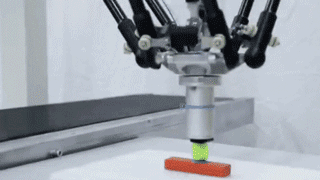
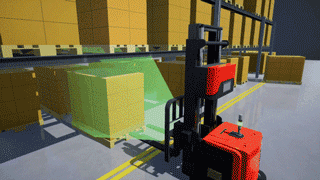
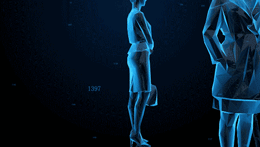


 EN
EN

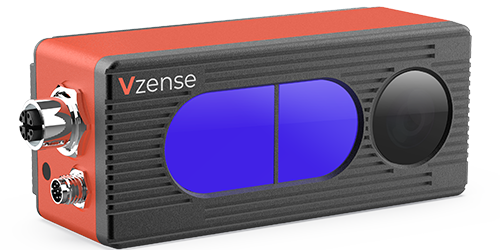


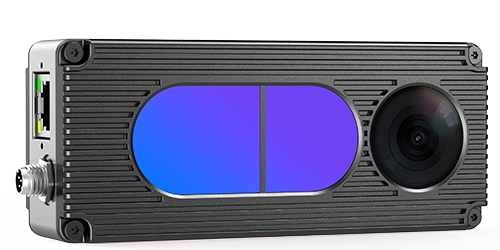





.jpg)



.jpg)
.jpg)


.jpg)

.jpg)
.jpg)











